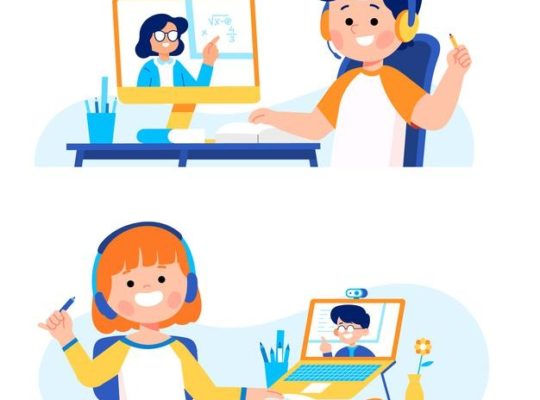Teaching is not just about content; it is also about being a performer. The content must do more than educate; it must also entertain, because teaching is a performance art. In the classroom, the teacher has the responsibility to communicate as well as engage and entertain. In this context, numerous scientific studies conducted over the past half-century have documented that humor and laughter promote learning by reducing stress, anxiety, and tension, while increasing self-esteem, alertness, creativity, and memory. Specifically, humor attracts and sustains attention and increases students’ motivation to focus on class material, all of which aid in the learning process. As an example, Zillman and colleagues reported that humor was a useful stratagem to attract the attention of young children and suggested that educators use recurrent, short bursts of humor to attract and sustain their students’ interest. It has also been documented, however, that not all types of humor are effective. For example, Kaplan and Pascoe argued that humor must be relevant to the lecture material to promote learning. To support this notion, the investigators conducted an experiment where college students received a lecture that employed relevant humor or one that used no humor. Their findings suggested that humor improved learning of the lecture material up to 6 wk after the material was taught when the humor used was relevant to the lecture topic. In contrast, inappropriate humor, or humor that was not relevant to class material, had a negative impact on student learning.
Ziv and colleagues performed multiple experiments and published numerous works, including: The Psychology of Humor, and “Teaching and learning with humor: experiment and replication”. In reference to the latter, Ziv and colleagues assigned two groups of students enrolled in a statistics course to a humor or nonhumor group. Each group was taught by the same professor, and the humor used was relevant to the class material and delivered in an “optimal” dosage of three to four humorous activities per lesson. The humor group outperformed the nonhumor group on the final exam by 10%. To further support his thesis, he replicated these results using a different teacher, a different subject, and a different set of students and obtained similar results.
Ronald A. Berk, a pioneer of humor research, from Johns Hopkins University (1976–2006), has published more than 150 articles regarding humor, laughter, and learning. Berk taught biostatistics, a class often considered dry, difficult, and uninteresting by many students, creating a major challenge for inspiring and motivating his students. Berk thought humor may be the key to facilitate learning of this difficult subject. His rationale for using humor was published in his renowned book, Humor as an Instructional Defibrillator: Evidence-based Techniques in Teaching and Assessment. In his work, Berk asked, “Why should we use humor in the classroom? There are two classroom applications. First, it can improve your connection with your students. The moment you walk to the front of the room there is a disconnection because of your age, your title, your educational level, and your cholesterol level. Second, humor can bring dead, boring content to life.” To overcome the challenge of teaching “dead, boring content,” Berk successfully used humor in his classes. The key to Berks method, he stated, is using humor to enhance otherwise dull statistical methodology by tapping into students’ multiple intelligences and learning styles in a way that forces them to think in divergent and real-life ways.
Although the study of humor as a teaching tool is a relatively new area of investigation, spanning only approximately one-half century, there have been many studies documenting its powerful impact. The work conducted by investigators, including Zillman, Ziv, Berk, and others have focused a positive light upon the use of humor for teaching and learning and has established several important principles.
Specifically, humor has an emotional impact that reduces anxiety and stress, improves self-esteem, increases motivation, produces a higher perceived quality of life, and increases class performance. Humor also promotes an appropriate, comfortable, and honest relationship with student.
Source: Humor, laughter, learning, and health! A brief review






